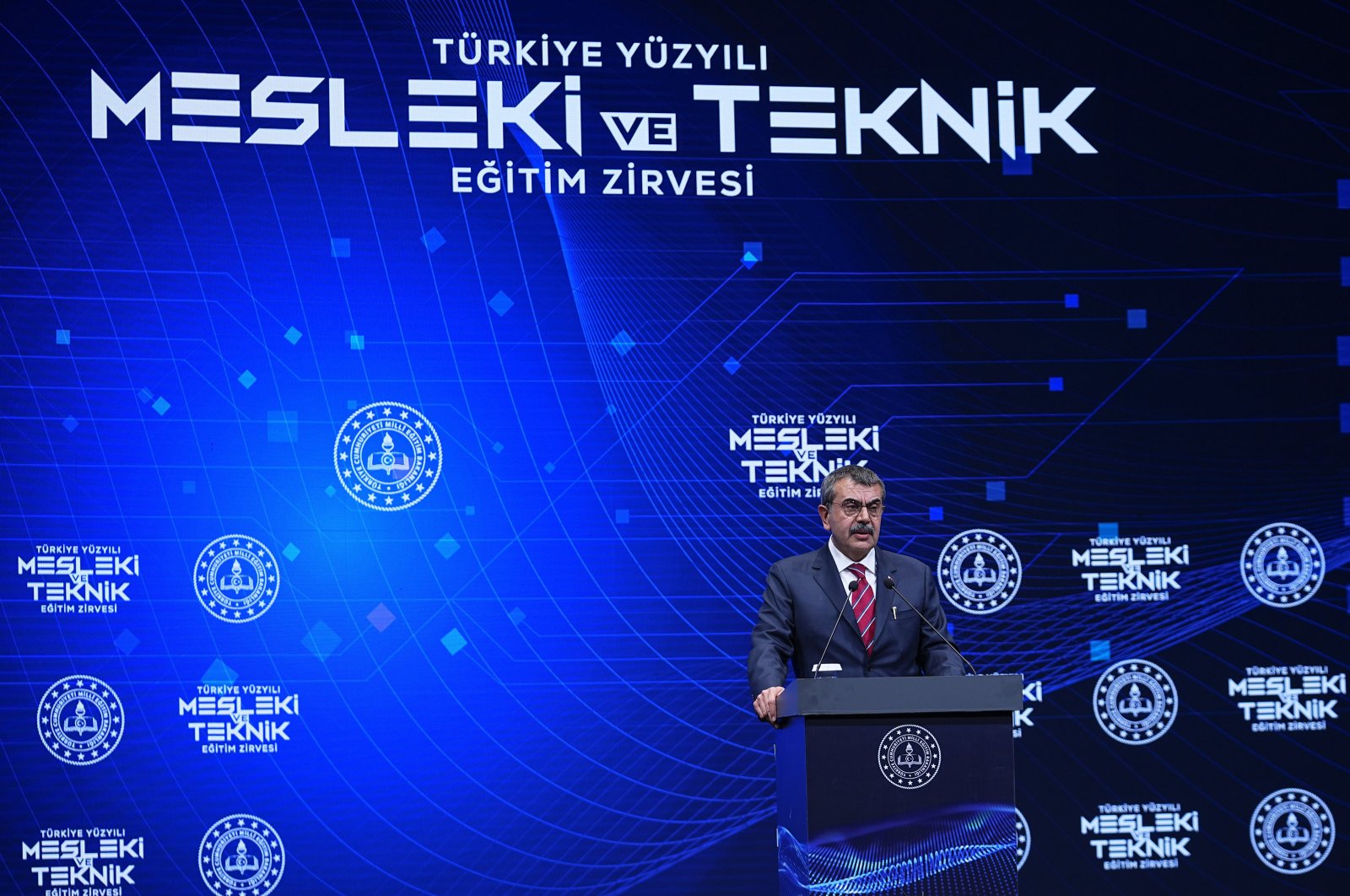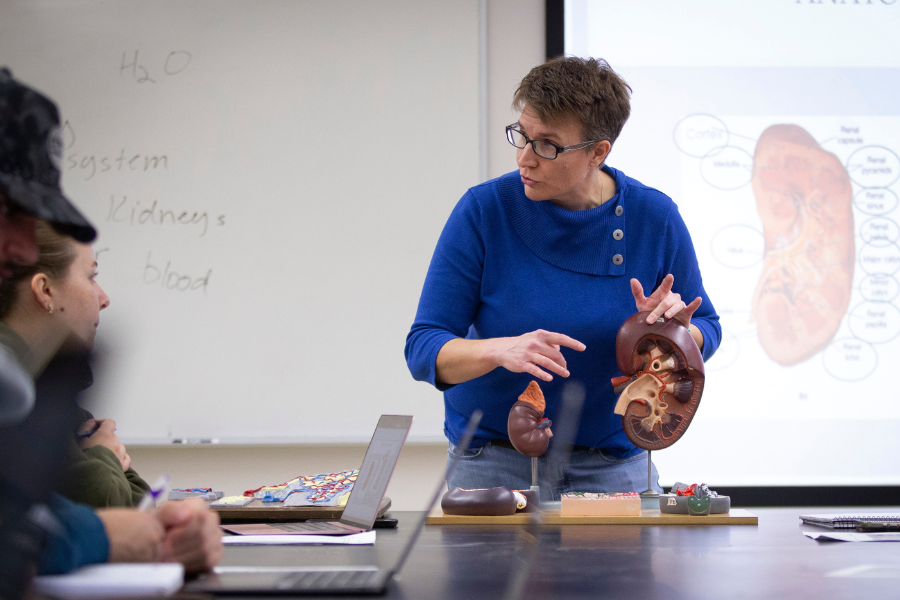Child labour: ITUC demands urgent action to end worst forms – International Trade Union Confederation

Failure to Meet Sustainable Development Goal 8.7 on Child Labour Eradication
Current Status and Projections
A report indicates a significant risk of failing to achieve Sustainable Development Goal (SDG) 8.7, which calls for the eradication of child labour by 2025. The International Trade Union Confederation (ITUC) warns that this target will be missed substantially due to insufficient political will, enforcement, and resources. Currently, 138 million children are engaged in child labour globally, with 54 million of them working in hazardous conditions.
Strategic Actions to Accelerate Progress on SDG 8.7
A recent report by the Special Rapporteur outlines a multi-stakeholder approach for states, businesses, and trade unions to take immediate and effective action. The following measures are critical to advancing the objectives of SDG 8.7.
Strengthening Legal Frameworks and Enforcement
- Adopt and implement international labour standards in line with SDG 8.
- Raise the minimum age for hazardous work to 18.
- Ensure rigorous prosecution of individuals and entities perpetuating child labour.
Protecting and Reintegrating Victims
- Establish child-friendly justice systems for effective remedy and support.
- Guarantee comprehensive rehabilitation and reintegration services for affected children.
- Uphold the non-punishment principle for children who have been exploited.
Implementing Preventative Measures
Addressing the root causes of child labour is fundamental to achieving SDG 8.7 and related goals such as SDG 4 (Quality Education) and SDG 1 (No Poverty).
- Ensure universal access to quality, free education.
- Provide adequate income support and social protection for vulnerable families.
- Promote the formalisation of the informal economy to ensure decent work for adults.
- Dismantle the cultural acceptance of child labour through awareness and community engagement.
Enhancing Corporate Accountability
- Mandate human rights due diligence across all business supply chains.
- Impose significant penalties for corporate violations related to child labour.
- Provide support for small and medium-sized enterprises (SMEs) to meet their due diligence responsibilities.
Promoting Trade Union Involvement
- Engage workers’ organisations in all stages of policy and implementation.
- Utilise trade unions for identifying victims and enforcing workplace protections.
- Collaborate with unions in the development and monitoring of child-labour-free zones.
Call to Action for the 2026 Global Conference
Statement on Political and Corporate Responsibility
ITUC General Secretary Luc Triangle stated, “The persistence of the worst forms of child labour is an unacceptable failure of political and corporate responsibility.” He emphasized that governments and businesses must act decisively to protect children, address the root causes of exploitation, and ensure the dignity of work for all, in line with the principles of SDG 8. The upcoming Sixth Global Conference on the Elimination of Child Labour in 2026 is positioned as a critical opportunity for renewed commitment and action.
Future Mobilisation Efforts
In the period leading up to the 2026 Conference, the ITUC will mobilise its global affiliates to advocate for the implementation of these measures to ensure the conference becomes a turning point in the global effort to achieve SDG 8.7.
Analysis of SDGs, Targets, and Indicators
-
Which SDGs are addressed or connected to the issues highlighted in the article?
The article addresses several Sustainable Development Goals (SDGs) through its focus on eliminating child labour and the interconnected factors that perpetuate it. The following SDGs are relevant:
- SDG 8: Decent Work and Economic Growth: This is the most central SDG, as the article explicitly mentions its Target 8.7 concerning the eradication of child labour. The entire text revolves around the failure to meet this goal and proposes actions to achieve decent work for all by eliminating child exploitation.
- SDG 16: Peace, Justice and Strong Institutions: The article calls for strengthening laws, rigorous enforcement, prosecuting perpetrators, and establishing child-friendly justice systems. These actions are directly related to building effective, accountable, and inclusive institutions to protect children’s rights.
- SDG 4: Quality Education: The article identifies the lack of education as a root cause of child labour and proposes ensuring “universal, quality and free education” as a key preventative measure.
- SDG 1: No Poverty: The article connects poverty to child labour by recommending “income support for families” as a strategy to prevent exploitation, acknowledging that economic hardship forces children into work.
- SDG 12: Responsible Consumption and Production: The call to “Hold businesses accountable” and make “human rights due diligence mandatory across all supply chains” directly relates to promoting sustainable production patterns and corporate responsibility.
-
What specific targets under those SDGs can be identified based on the article’s content?
Based on the solutions and problems discussed, the following specific targets can be identified:
- Target 8.7: This target is explicitly mentioned in the article: “take immediate and effective measures to eradicate forced labour, end modern slavery and human trafficking and secure the prohibition and elimination of the worst forms of child labour… and by 2025 end child labour in all its forms.” The article’s warning that this goal “will be missed by a wide margin” is its central theme.
- Target 16.2: The article’s demands to “Strengthen laws and enforcement,” “rigorously prosecute perpetrators,” and “Protect victims” align with the goal to “End abuse, exploitation, trafficking and all forms of violence against and torture of children.”
- Target 4.1: The recommendation to “Ensure universal, quality and free education” directly supports the aim of this target, which is to “ensure that all girls and boys complete free, equitable and quality primary and secondary education.”
- Target 1.3: The proposal to “provide income support for families” as a preventative measure connects to this target, which calls for implementing “nationally appropriate social protection systems and measures for all…and achieve substantial coverage of the poor and the vulnerable.”
- Target 12.6: The call to “Hold businesses accountable” and make “human rights due diligence mandatory” corresponds with this target, which encourages “companies, especially large and transnational companies, to adopt sustainable practices and to integrate sustainability information into their reporting cycle.”
-
Are there any indicators mentioned or implied in the article that can be used to measure progress towards the identified targets?
The article mentions and implies several indicators that can be used to measure progress:
- Indicator 8.7.1: The article directly provides data relevant to this indicator (“Proportion and number of children aged 5–17 years engaged in child labour”) by stating there are “138 million children worldwide still in child labour, including 54 million in hazardous conditions.” These figures are used to measure the scale of the problem.
- Implied Indicators for Target 16.2: While not citing a specific indicator number, the call to “rigorously prosecute perpetrators” implies a need to measure the number of convictions for child labour offences and the effectiveness of the justice system in protecting children. This relates to indicators measuring the strength of legal and justice institutions.
- Implied Indicators for Target 4.1: The call for “universal, quality and free education” implies the use of indicators such as net enrolment rates in primary and secondary education, school completion rates, and proficiency levels in reading and mathematics among children.
- Implied Indicators for Target 1.3: The recommendation for “income support for families” implies measuring the “Proportion of population covered by social protection floors/systems,” particularly the coverage for poor families with children.
- Implied Indicators for Target 12.6: The demand for “mandatory” human rights due diligence implies a need to track the number of companies with such policies in place and the number of countries that have legislated this requirement, which relates to indicators on corporate sustainability reporting.
SDGs, Targets, and Indicators Table
| SDGs | Targets | Indicators |
|---|---|---|
| SDG 8: Decent Work and Economic Growth | Target 8.7: End child labour in all its forms by 2025. | Indicator 8.7.1: The article explicitly mentions the “138 million children worldwide still in child labour, including 54 million in hazardous conditions,” which is a direct measure for this indicator. |
| SDG 16: Peace, Justice and Strong Institutions | Target 16.2: End abuse, exploitation, trafficking and all forms of violence against and torture of children. | Implied Indicator: The call to “rigorously prosecute perpetrators” implies measuring the number of prosecutions and convictions related to child labour exploitation. |
| SDG 4: Quality Education | Target 4.1: Ensure that all girls and boys complete free, equitable and quality primary and secondary education. | Implied Indicator: The recommendation for “universal, quality and free education” implies tracking school enrolment and completion rates for children. |
| SDG 1: No Poverty | Target 1.3: Implement nationally appropriate social protection systems and measures for all. | Implied Indicator: The suggestion to “provide income support for families” implies measuring the proportion of families with children covered by social protection schemes. |
| SDG 12: Responsible Consumption and Production | Target 12.6: Encourage companies to adopt sustainable practices and to integrate sustainability information into their reporting cycle. | Implied Indicator: The demand for “mandatory” human rights due diligence implies tracking the number of companies that have implemented such policies and report on them. |
Source: ituc-csi.org

What is Your Reaction?
 Like
0
Like
0
 Dislike
0
Dislike
0
 Love
0
Love
0
 Funny
0
Funny
0
 Angry
0
Angry
0
 Sad
0
Sad
0
 Wow
0
Wow
0

















































:focal(1500,1000)/https://media.globalcitizen.org/a6/9a/a69a4720-d8a1-4715-b596-18738d03c05c/rotary_polio_hero_image.jpg?#)






/countries/sri-lanka/photo-credit---dmc-sri-lanka.tmb-1200v.jpg?sfvrsn=dc298bcc_1#)

















